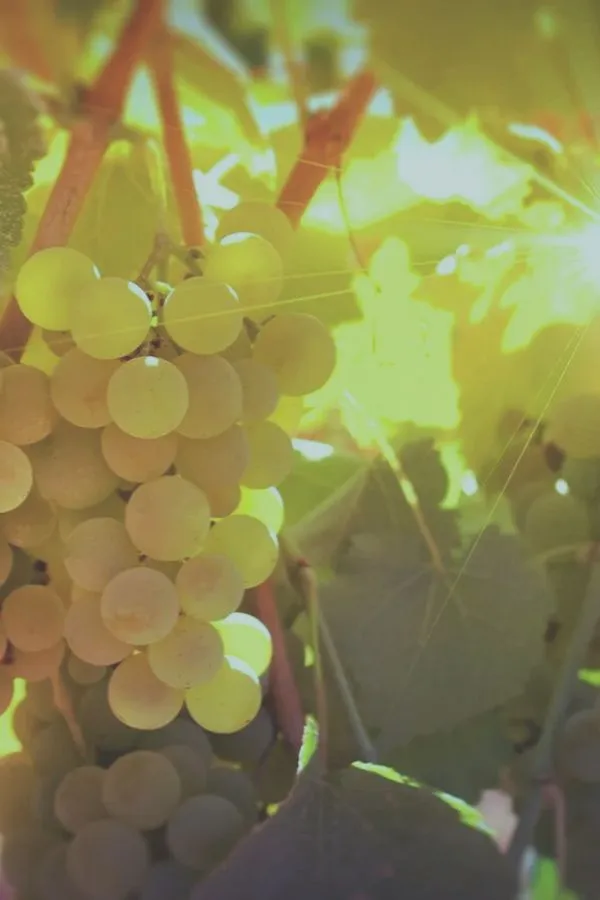Discover our Wines
With supreme elegance, freshness and balance, our wines faithfully express the nobility and excellence of the terroir at Quinta da Alameda.
Useful Information
Points of sale
Quinta da Alameda wines are distributed by DistriWine and can be purchased in the main wine shops in Portugal, namely at the following locations (please also check the map below):
Our wines can be purchased directly at our estate, Quinta da Alameda, by prior arrangement via email or telephone. They are also available online through our partner:
Quinta da Alameda Wines



Pure, Authentic Wines from the Dão Heartland
The distinctive profile of our wines is shaped by granite soils, the favourable exposure of the vineyards and an altitude of 400 metres. To this is added the contribution of the ecosystem and the generous nature of Quinta da Alameda itself. Our fully integrated approach — from vineyard to bottle, true to the spirit of a genuine vigneron — results in wines of verticality crafted exclusively from grapes born at Alameda. Marked by freshness, elegance and balance, their oenology is overseen by Patrícia Santos.
.webp)

Quinta da Alameda is the ideal stage for the sublime expression of the region’s benchmark grape varieties. Among the reds, primacy is given to Tinta Roriz, Alfrocheiro and Touriga Nacional. Among the whites, Arinto, Uva Cão and Encruzado take precedence. We also preserve a treasured hectare of old vineyard with multiple varieties, as well as half a hectare of Pinot Noir. This latter French variety is the source of a most distinctive rosé, vibrant and delicate, recalling with great fidelity the wines of Provence.

An oenology that revives the unique and distinctive paradigm of Dão wines.
Useful Information
The importance of the wine glass
In wine tasting, the right glass is essential to fully appreciate its aromas (‘nose’) and flavours (‘palate’). This is because aromas of different densities rise and settle at distinct levels within the glass.
At the top, the lighter notes of fruit and flowers unfold. The middle reveals the vegetal and mineral tones – from earthy nuances to hints of mushroom. At the base, the richer aromas, such as wood and alcohol, find their place.


Different glass shapes draw out aromas in different ways. Without swirling, each style of glass will emphasise distinct qualities of a wine.
For this reason, the glass should always be chosen with the wine in mind. A fine rim is essential to elevate the sensory experience, while the width of the opening must allow the aromas to be savoured as the glass reaches the lips.
Practical Information
Service temperatures
Serving temperature plays a crucial role in the enjoyment of wine. Tasting at room temperature is best avoided, as it is often too warm.
While the ideal temperature depends on both the style of wine and personal taste, red wines are generally best served between 16 and 18 degrees Celsius, a range that allows their aromas to unfold in all their richness.


Serving temperatures should then be gradually lowered: so-called ‘winter whites’ (aged in wood) are best between 12 and 14 degrees; lighter, fresher ‘summer whites’ should be served at 10 to 12 degrees; and sparkling wines or champagnes between 6 and 8 degrees.
In a restaurant, if you find the wine too warm – which will accentuate the alcohol at the expense of the aromas – do not hesitate to ask for an ice bucket or a cooling sleeve, even if it is a red wine.








